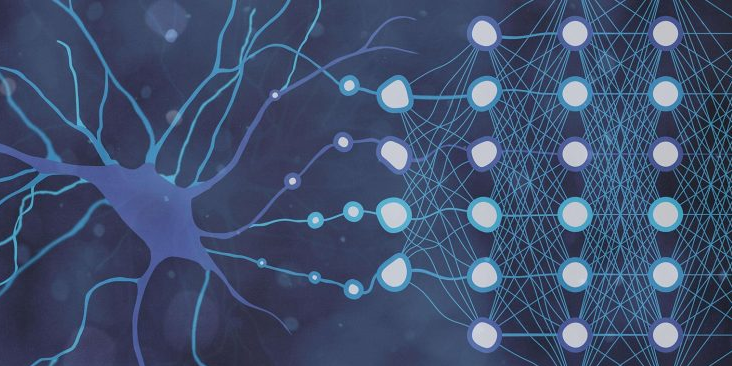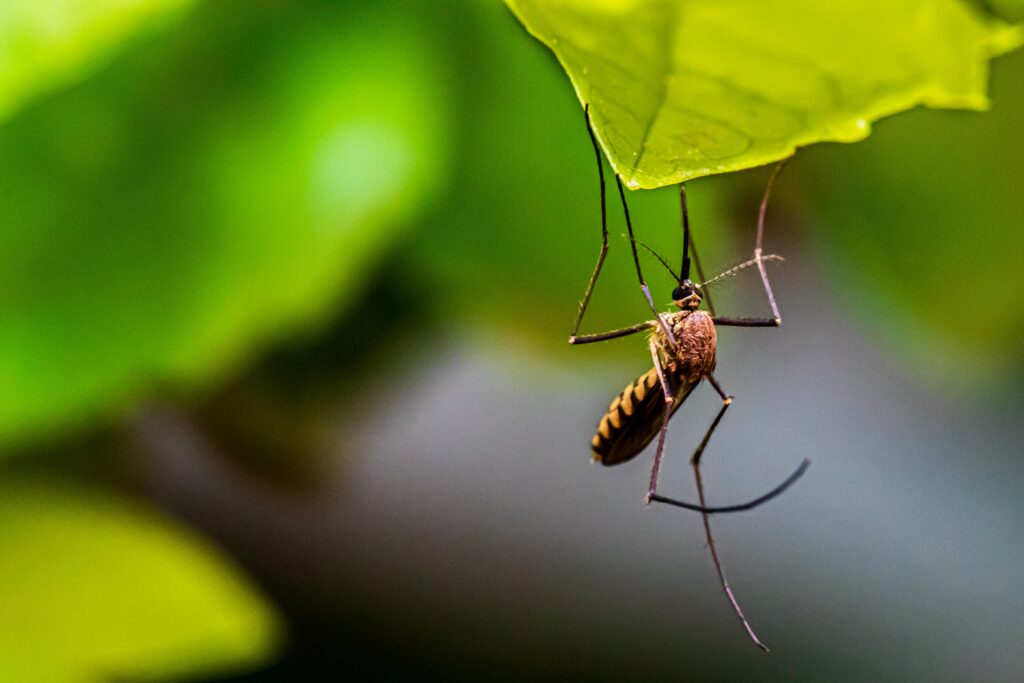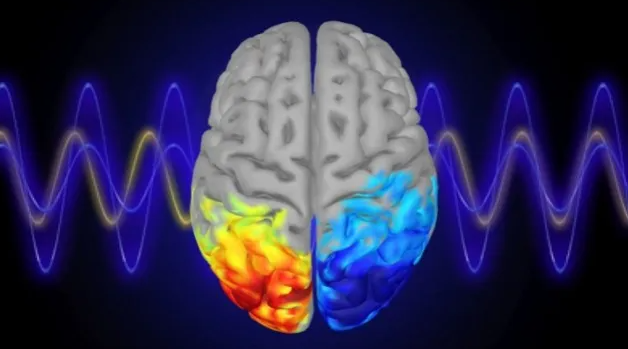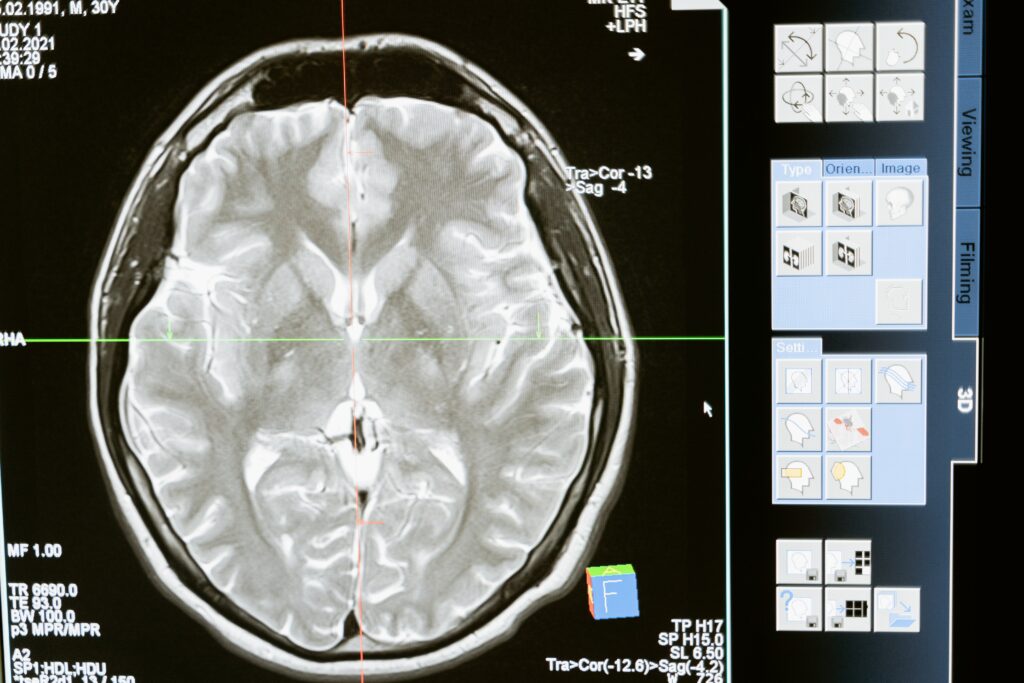Does an AI that mimics the scent of mammals recognize odors better than other AIs?

When it comes to identifying odors, a “neuromorphic” artificial intelligence (very large-scale integration system containing analog circuitry to mimic neurobiological structures located in the nervous system) beats other AIs by more than a nose.
The new AI learns to recognize scents more efficiently and reliably than other algorithms, and unlike other AIs, this system can keep learning new scents without forgetting others, the researchers report. The key to the program’s success is its neuromorphic structure, which is more like the neural circuitry of the mammalian brain than other AI designs.

Excelling at detecting weak signals amid background noise and continually learning, this type of algorithm could one day be used for air quality monitoring, toxic waste detection, or medical diagnostics. The new AI is an artificial neural network, made up of many computer elements that mimic nerve cells to process odor information, it sniffs by taking electrical voltage readings from chemical sensors in a wind tunnel that were exposed to plumes of different odors, as methane or ammonia. When the AI smells a new scent, it triggers a cascade of electrical activity between its nerve cells, or neurons, which the system remembers and can recognize in the future.
Like the olfactory system in the mammalian brain, some of the AI neurons are designed to react to chemical sensor inputs by emitting pulses at different times, other neurons learn to recognize patterns in those dots that form the electronic signature of the odor.


This brain-inspired setup primes the neuromorphic AI to learn new scents more than a traditional artificial neural network, which starts out as a uniform network of blank-slate identical neurons, however a neuromorphic neural network is like a sports team whose players have assigned positions and know the rules of the game, an ordinary neural network is initially like a group of random novices. As a result, the neuromorphic system is a faster and more agile study, just as a sports team may need to watch a play just once to understand the strategy and implement it in new situations, the neuromorphic AI can sniff out a single sample of a new scent to recognize the smell in the future, even in the midst of other unknown smells.
Another advantage of the neuromorphic setup is that the AI can continue to learn new scents after its original training if new neurons are added to the network, similar to the way new cells are continually formed in the brain.





Responses